When it comes to growing mangroves in an aquarium, one of the most common questions I get is: “Do mangroves need to grow in substrate?” As an aquarium enthusiast who has spent years experimenting with different setups, I can tell you that the answer is more nuanced than a simple yes or no. Let’s dive into the world of mangroves and discover how these amazing plants can thrive, even without substrate.
Understanding Mangrove Roots
Mangroves are unique plants that have evolved to thrive in some of the harshest environments on Earth. Their roots are a big part of what makes them so resilient. In the wild, mangroves often grow in muddy, oxygen-poor soils along coastal regions, using their specialized roots to anchor themselves and access nutrients.
Prop Roots vs. Substrate
One of the most fascinating aspects of mangroves is their prop roots. These roots grow out from the trunk and branches, extending above the waterline, which allows the plant to breathe in environments where the soil might be lacking in oxygen. This ability also means that mangroves can grow without traditional substrate in your aquarium.
Good Root Health: ✅ Strong, exposed prop roots that extend above the waterline
Bad Root Health: ❌ Roots that are weak, submerged without air exposure
Growing Mangroves Without Substrate
So, can mangroves grow without substrate? Absolutely! Many aquarium enthusiasts, myself included, have successfully grown mangroves using different methods that don’t involve traditional substrate.
Floating Method
One popular method is allowing the mangroves to float with their roots submerged in the water. This setup mimics their natural environment, where their prop roots are exposed to air while the rest of the roots are submerged. Floating mangroves can still access the nutrients they need from the water, especially if you’re using a well-balanced nutrient solution.
Pros of Floating Method: ✅ Natural root exposure, easy to manage
Cons of Floating Method: ❌ Requires regular nutrient dosing, roots can become tangled
Bare-Bottom Tanks
Another method is growing mangroves in a bare-bottom tank. This method is particularly popular in saltwater aquariums where substrate might complicate cleaning or affect water chemistry. Without substrate, the mangroves rely entirely on their roots to absorb nutrients from the water, so it’s important to ensure the water quality is top-notch.
Good Water Quality: ✅ Regular water changes, nutrient dosing
Bad Water Quality: ❌ Poor filtration, lack of nutrients
Anchoring Mangroves
Even without substrate, you might want to anchor your mangroves to keep them stable. You can use small rocks or suction cups to gently hold the mangroves in place. Just be careful not to damage the roots in the process. Anchoring can also help prevent the plant from drifting too much, especially in tanks with a strong current.
Good Anchoring: ✅ Secure but gentle on the roots
Bad Anchoring: ❌ Too tight, damaging the roots
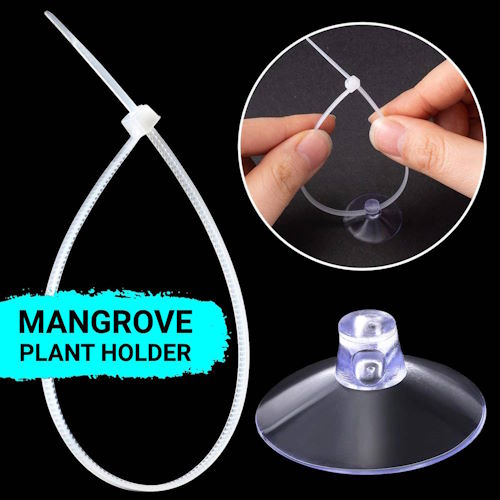
The Role of Substrate in Mangrove Growth
While mangroves can thrive without substrate, adding substrate to your aquarium can provide certain benefits.
Nutrient-Rich Substrate
A nutrient-rich substrate can help support mangrove growth by providing a steady supply of nutrients. This is particularly beneficial if you’re looking to grow mangroves in a freshwater or brackish tank, where nutrients might be less readily available in the water column.
Pros of Nutrient-Rich Substrate: ✅ Continuous nutrient supply, root stability
Cons of Nutrient-Rich Substrate: ❌ Can complicate cleaning, may affect water parameters
Aesthetic Considerations
Substrate can also add to the aesthetic appeal of your aquarium. Sand, gravel, or even mud can create a more natural-looking environment that mimics the mangroves’ natural habitat. However, it’s essential to choose a substrate that won’t alter the water chemistry too drastically, especially if you’re working with sensitive species.
Good Aesthetics: ✅ Natural look, complements tank design
Bad Aesthetics: ❌ Incompatible with water chemistry, difficult to maintain
Personal Experience with Substrate-Free Mangroves
When I first decided to try growing mangroves without substrate, I was skeptical. I was used to traditional planted tanks where substrate plays a key role in plant health. But I was amazed at how well my mangroves adapted to a bare-bottom tank setup. By focusing on water quality and ensuring that the roots had access to both air and water, my mangroves flourished.
This experience taught me that mangroves are incredibly adaptable. Whether you choose to use substrate or go without, the key is to understand the needs of your mangroves and create an environment that supports their unique growing habits.
Final Thoughts
Mangroves are versatile plants that can thrive in a variety of aquarium setups, including those without traditional substrate. Whether you opt for floating mangroves, a bare-bottom tank, or anchoring them with rocks, the most important thing is to maintain good water quality and provide the necessary nutrients.
Best seller products
-
18”-24” Red Mangroves With Roots & 2-4 Leaves
Price range: $34.99 through $87.99 -
10”-14” Red Mangroves With Roots & 2-4 Leaves
Price range: $19.99 through $47.99 -
28″ Red Mangrove Tree – Fully Mature Plant
Price range: $0.00 through $230.00 -
[RARE] Orange Oriental Mangroves Propagule Seeds
Price range: $19.99 through $79.99 -
30″ Red Mangrove Tree – Fully Mature Plant
Price range: $0.00 through $180.00 -
Red & Oriental Mangrove Combo Bundle
Price range: $29.99 through $44.99
 Cart is empty
Cart is empty 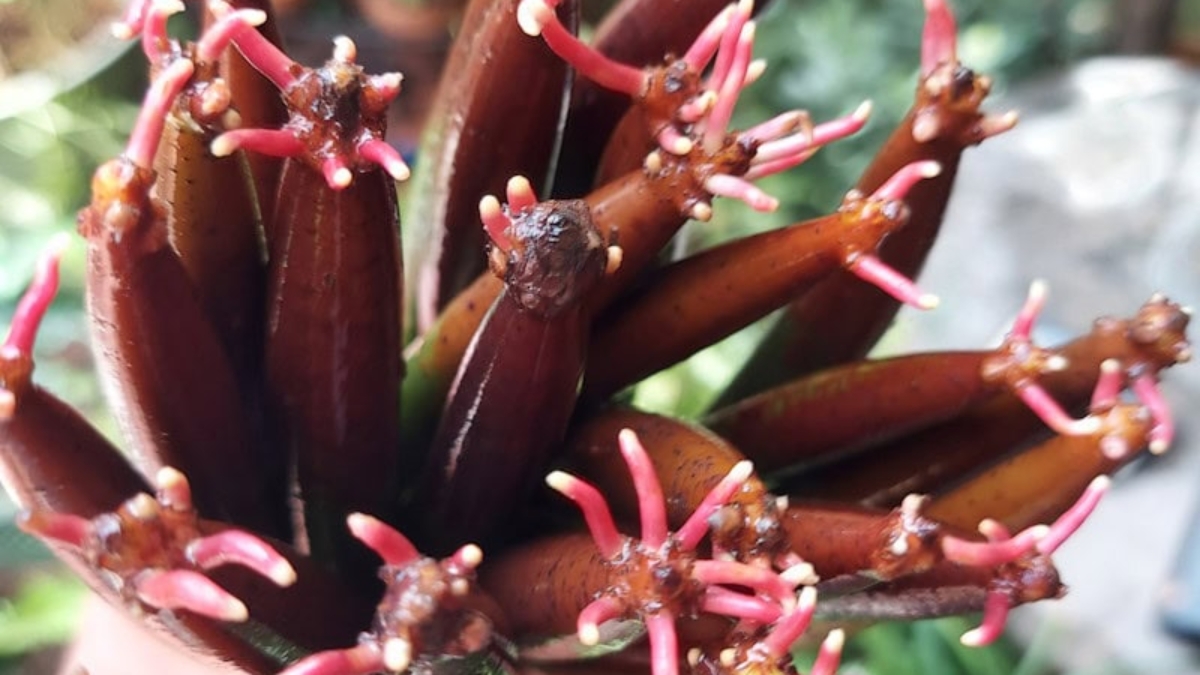


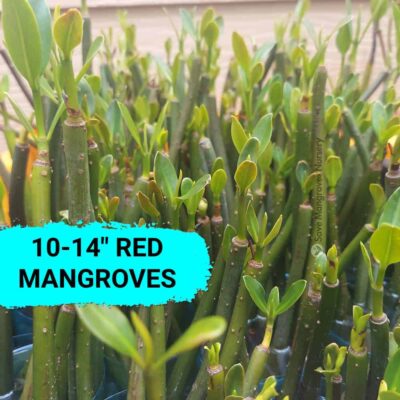

![[RARE] Orange Oriental Mangroves Propagule Seeds](https://savemangroves.com/wp-content/uploads/2025/07/Oriental-Mangrove-Seeds-Save-Mangroves-Nursery-400x400.jpg)
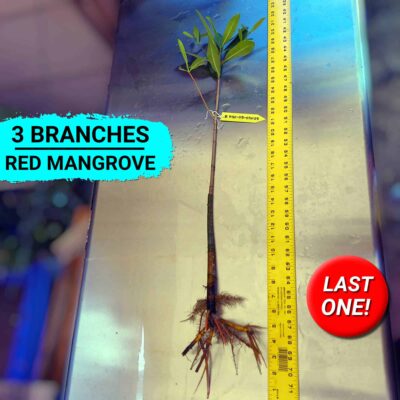
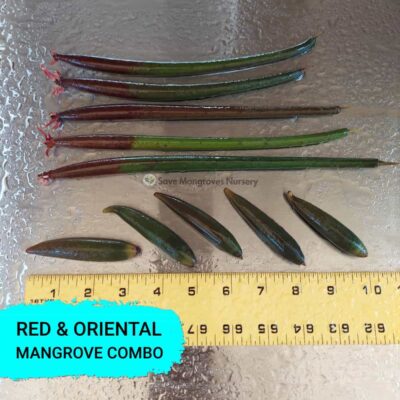
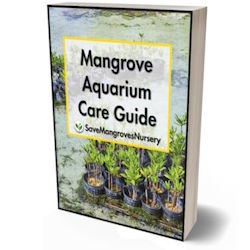
Add a Comment
You must be logged in to post a comment